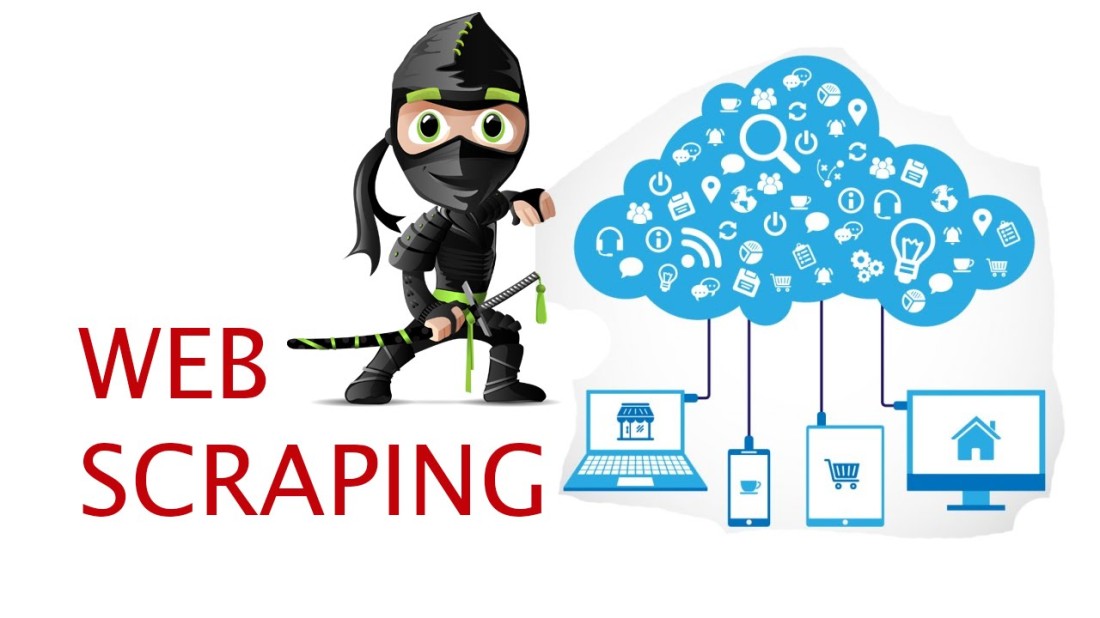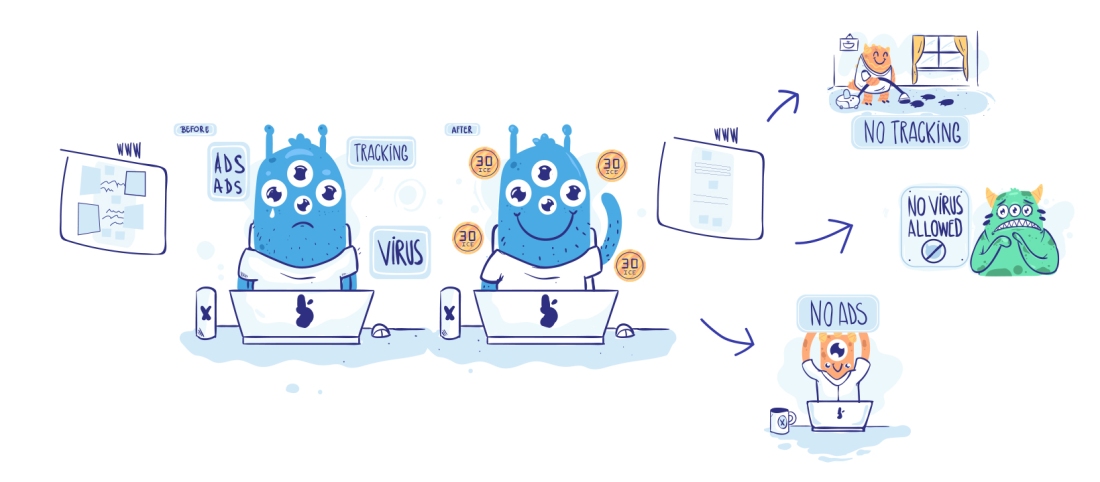Let me first begin by asking a simple question, how many of you have or have heard of the app thisisyourdigitallife? “Thisisyourdigitallife was originally an application used to complete a good survey for academic purposes” as explained by the creator Aleksandr Kogan, who later sold the application to Cambridge Analytic. For the most part, if you have a Facebook, I’m assuming you’ve heard of the drama behind what Cambridge Analytic is said to have manipulated and influenced within Trump’s 2016 campaign.
Kevin Granville’s article “Facebook and Cambridge Analytica: What You Need to Know as Fallout Widens” (2018) published in the New York Times, describes the way information was illegally sold to Cambridge Analytica via Facebook during Trump’s 2016 election campaign. According to Granville, “researchers in 2014 asked users to take a personality survey and download an app, which scraped some private information from their profiles and those of their friends, activity that Facebook permitted at the time and has since banned”, which allowed for over 50 million Facebook users personal information to be accessed to alter advertisements and target people based on personal likes. The purpose of this article is to explain and debunk the ways Cambridge Analytica data harvested Facebook. I feel the article is geared towards any individual using any type of social media platform, not only just Facebook, with the ultimate goal of explaining how to protect your identity on such platforms. I found this article intriguing and also extremely terrifying as many people do not see where their personal information goes once they enter it within the internet. Which leads me to my next question? Do you know what you are sharing on the internet? How protected are you?

I, myself, have multiple social media accounts ranging from Instagram all the way to PlayStation Network. To be completely honest with my readers, I only know about 1/3 of the privacy settings tips and tricks to secure my personal information. After learning about how Facebook “inappropriately” shared over 50 million users personal information, I did some research of my own. How many sites are set to mine and sell personal information? According to CBS News “The Data Brokers: Selling Your Personal Information” (2014) there are various companies in place to collect, analyze, and sell social media users personal information. These companies are referred to as data brokers. The task of these “data brokers are to collect, analyze and package some of our most sensitive personal information and sell it as a commodity…to each other, to advertisers, even the government, often without our direct knowledge” (2014) seeming like much of an intrusion.

I feel it is safe to assume most people have no idea what happens to the information they enter online, like their birth dates, social security numbers, telephone numbers, addresses, and even their credit card numbers! How many of you have an Amazon account active with a credit card or debit card on file? I know I do! Now let us think for a moment, what happens if and or when Amazon is hacked and all of that personal information is leaked? I fear for the day something along those lines happens. With my presence on social media, I’ve found over the years that people are targeted by what they post. I feel social media platforms have influenced me in such a way that sharing an experience is simplified and easily expressible.

When I am online, I try to leave my personal information as bleak as possible. I hardly include my address, phone number, or birth date unless I know the people I am sharing it with. Even then, after the information is shared I often wonder where it will end up and with who. Social media in my opinion is used as a tool to manipulate the masses of people within them. Advertisements on individual social media accounts are a result of data brokers harvesting information like, likes and shares. So how are we to prevent another Facebook Cambridge Analytic data breach? Drop a comment for me below with how you think we might prevent another personal information scare!

Thank you again for reading my post!
Lauren
Sources:
https://www.cbsnews.com/news/the-data-brokers-selling-your-personal-information/











